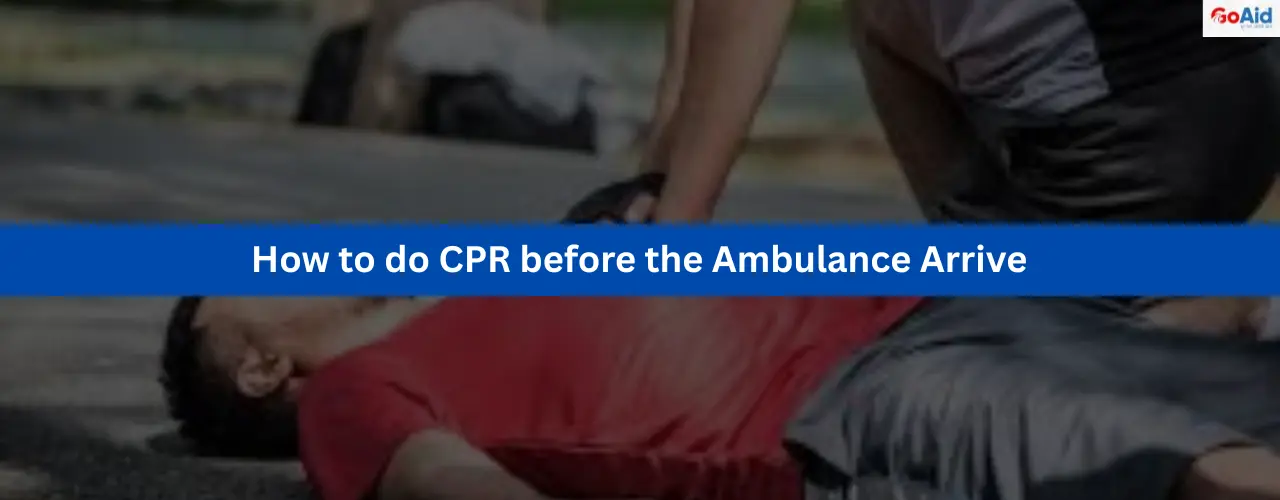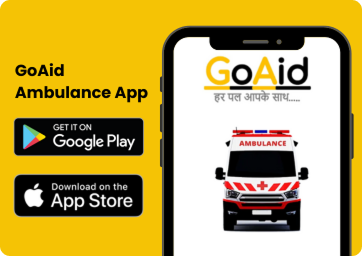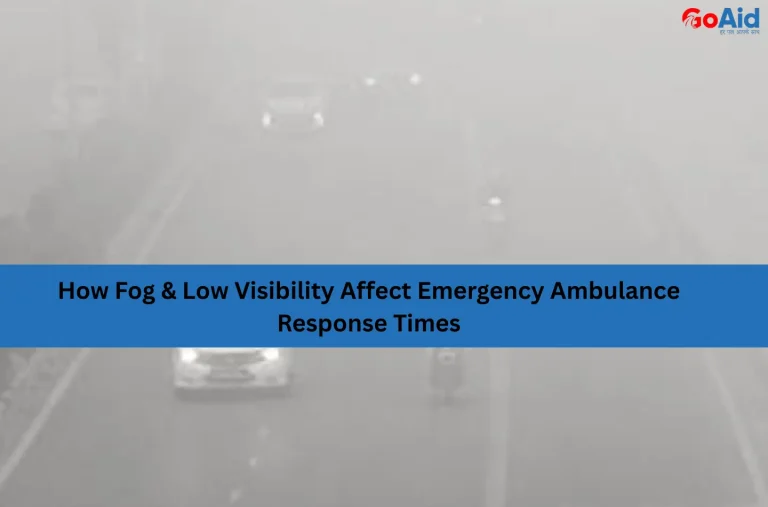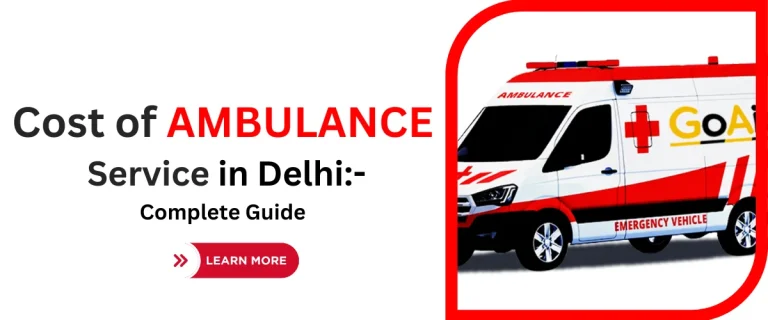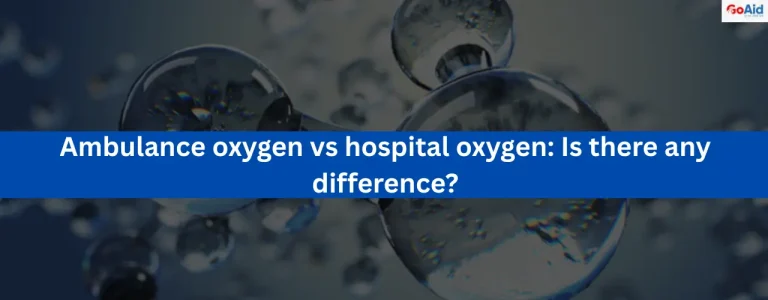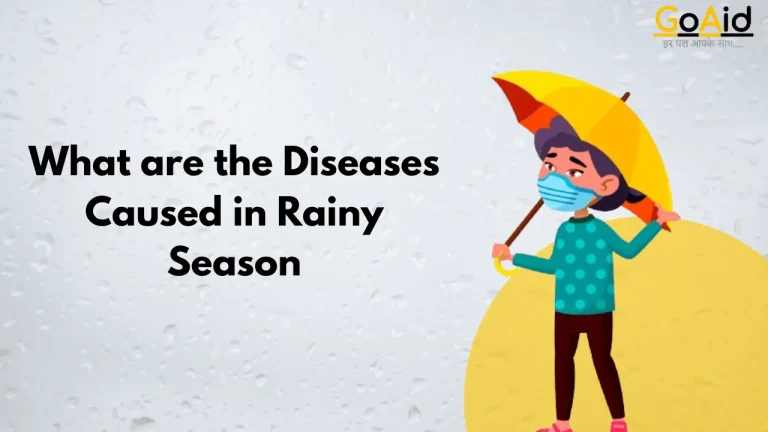In India, many people witness medical emergencies but donŌĆÖt know how to respond before help arrives. One such life-saving skill is CPR, which can make a huge difference during those critical minutes before the ambulance reaches the scene. Unfortunately, due to a lack of awareness, this powerful technique often goes unused.
In this blog, weŌĆÖve explained why pre-ambulance CPR is important, its key benefits, and a simple step-by-step guide to performing it correctly. Want to be prepared to help someone in need and possibly save a life? Then read this blog till the end to learn how.
So, letŌĆÖs beginŌĆö
Why is Pre-Ambulance CPR Important?
Pre-ambulance CPR plays a critical role in increasing survival chances during cardiac arrests or breathing failure before professional help arrives. Performing CPR immediately helps maintain blood flow and oxygen to vital organs, especially the brain, reducing the risk of permanent damage.┬Ā
Since ambulance response times can vary due to traffic or distance, early CPR before the ambulance arrives sustains life in those crucial minutes. This simple yet effective emergency procedure can bridge the gap until medical teams take over. Understanding how to do CPR empowers bystanders to act confidently, potentially saving lives in emergencies.
Benefits of Pre-Ambulance CPR
Performing pre-ambulance CPR can significantly improve survival rates and reduce complications during emergencies. Here are ten key benefits of knowing and applying this life-saving technique before professional help arrives.
1. Maintains Blood Circulation
Pre-ambulance CPR keeps blood flowing to vital organs, especially the brain and heart, helping prevent tissue damage during cardiac arrest until advanced medical care arrives.
2. Increases Survival Chances
Immediate CPR dramatically improves the odds of survival by maintaining oxygen supply to the bodyŌĆÖs tissues, giving patients a better chance to recover fully.
3. Buys Critical Time
Performing CPR before ambulance arrival bridges the gap between collapse and professional intervention, buying precious time that can make the difference between life and death.
4. Reduces Brain Damage
CPR sustains oxygen delivery to the brain, minimizing the risk of permanent brain injury caused by a lack of oxygen during cardiac emergencies.
5. Improves Heart Function
Chest compressions stimulate the heart to pump blood, which may help restart the heartbeat or stabilize circulation until advanced treatments are available.
6. Easy to Learn and Perform
The CPR technique is simple and can be learned by anyone. This makes it an accessible and powerful tool in emergency situations.
7. Boosts Bystander Confidence
Knowing how to perform CPR empowers bystanders to act quickly and decisively, improving the overall emergency response in the community.
8. Supports Better Ambulance Outcomes
Early CPR often results in better patient conditions upon ambulance arrival, facilitating smoother treatment and higher chances of recovery.
9. Encourages Community Preparedness
Widespread CPR knowledge increases community resilience. This makes more people ready to handle emergencies effectively.
10. Saves Lives Nationwide
Promoting CPR training and its use before ambulance arrival contributes to saving countless lives across India and globally.
Also Read: How to Perform CPR on Adults: Step-by-Step Guide
How to do CPR before an Ambulance arrives ŌĆō Step by Step Guide
Performing CPR beforean ambulance arrive can save lives. Follow these five simple steps carefully to provide effective emergency help.
Step 1: Check Responsiveness and Call for Help
- Gently shake the person and shout to check if they respond.
- If no response, call emergency services immediately or ask someone to call.
- Ensure the area is safe before proceeding.
- Use speakerphone to keep your hands free for CPR.
- Inform the dispatcher about the personŌĆÖs condition and location.
Step 2: Open the Airway
- Tilt the head back slightly by lifting the chin upwards.
- This opens the airway to help the person breathe.
- Avoid excessive head tilt in case of neck injury.
- Look for chest movement or listen for breathing sounds.
- If not breathing or only gasping, prepare to start compressions.
Step 3: Start Chest Compressions
- Place the heel of one hand on the center of the chest.
- Place your other hand on top and interlock fingers.
- Push hard and fastŌĆöcompress chest about 2 inches deep.
- Aim for 100-120 compressions per minute.
- Allow the chest to fully recoil after each compression.
Know More: What Are the 7 Steps of CPR? Learn the 7 CPR Steps for Adults
Step 4: Give Rescue Breaths
- Pinch the nose shut and cover the personŌĆÖs mouth with yours.
- Give 2 slow breaths, each lasting about 1 second.
- Watch for the chest to rise with each breath.
- If the chest doesnŌĆÖt rise, reposition the head and try again.
- Avoid excessive force to prevent stomach inflation.
Step 5: Continue CPR Until Help Arrives
- Repeat cycles of 30 compressions and 2 breaths continuously.
- DonŌĆÖt stop unless the person shows signs of life.
- Switch with another trained person if you get tired.
- Keep monitoring breathing and responsiveness.
- Follow the dispatcher’s instructions until the ambulance arrives.
Book Ambulance: GoAid Ambulance Service
Conclusion to Pre-Ambulance CPR
In conclusion, pre-ambulance CPR is a vital skill that can save lives during critical emergencies before professional help arrives. Acting quickly by performing CPR before an ambulance arrives maintains blood flow and oxygen to essential organs, significantly improving survival chances.┬Ā
GoAid encourages everyone to learn and practice this simple yet effective technique to be prepared for unexpected situations. Early CPR can be the difference between life and death. This makes it a powerful tool in saving lives. If you have any questions about how to do CPR or its benefits, feel free to ask in the comment box below.
FAQs related to the Pre-Ambulance CPR
Question 1: What is pre-ambulance CPR?
Answer: Pre-ambulance CPR is emergency CPR performed before an ambulance arrives, helping keep blood flowing until professional help reaches the patient.
Question 2: Why is CPR before ambulance arrive important?
Answer: It maintains oxygen supply to vital organs, increasing survival chances during cardiac arrest or breathing failure before medical teams arrive.
Question 3: How do I learn how to do CPR?
Answer: CPR can be learned through certified training courses offered by hospitals, Red Cross, or emergency services like GoAid.
Question 4: Can anyone perform CPR?
Answer: Yes, with proper training, anyone can perform CPR effectively to save lives during emergencies.
Question 5: How long should I perform CPR before the ambulance arrives?
Answer: Continue CPR until the person shows signs of life or medical professionals take over.
Question 6: Is mouth-to-mouth necessary for CPR technique?
Answer: Mouth-to-mouth is part of traditional CPR, but hands-only CPR is recommended if youŌĆÖre untrained or uncomfortable.
Question 7: Can performing CPR cause harm?
Answer: While risks exist, CPR is lifesaving and should be performed in emergencies to increase survival chances.
Question 8: Does pre-ambulance CPR work for all emergencies?
Answer: ItŌĆÖs most effective in cardiac arrest or breathing failure, not all emergencies.
Question 9: How fast should chest compressions be during CPR?
Answer: Perform compressions at 100-120 compressions per minute for effective CPR.
Question 10: What if I get tired while doing CPR before ambulance arrive?
Answer: If possible, switch with someone else trained or continue as best as you can until help arrives.

